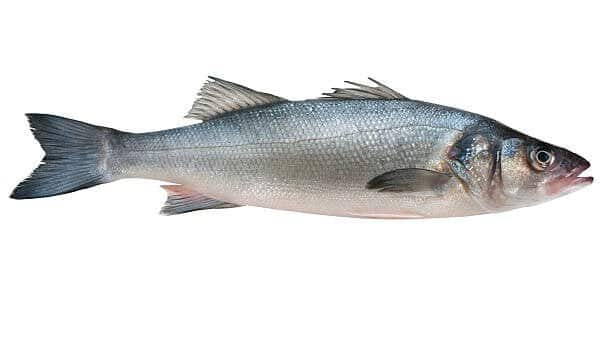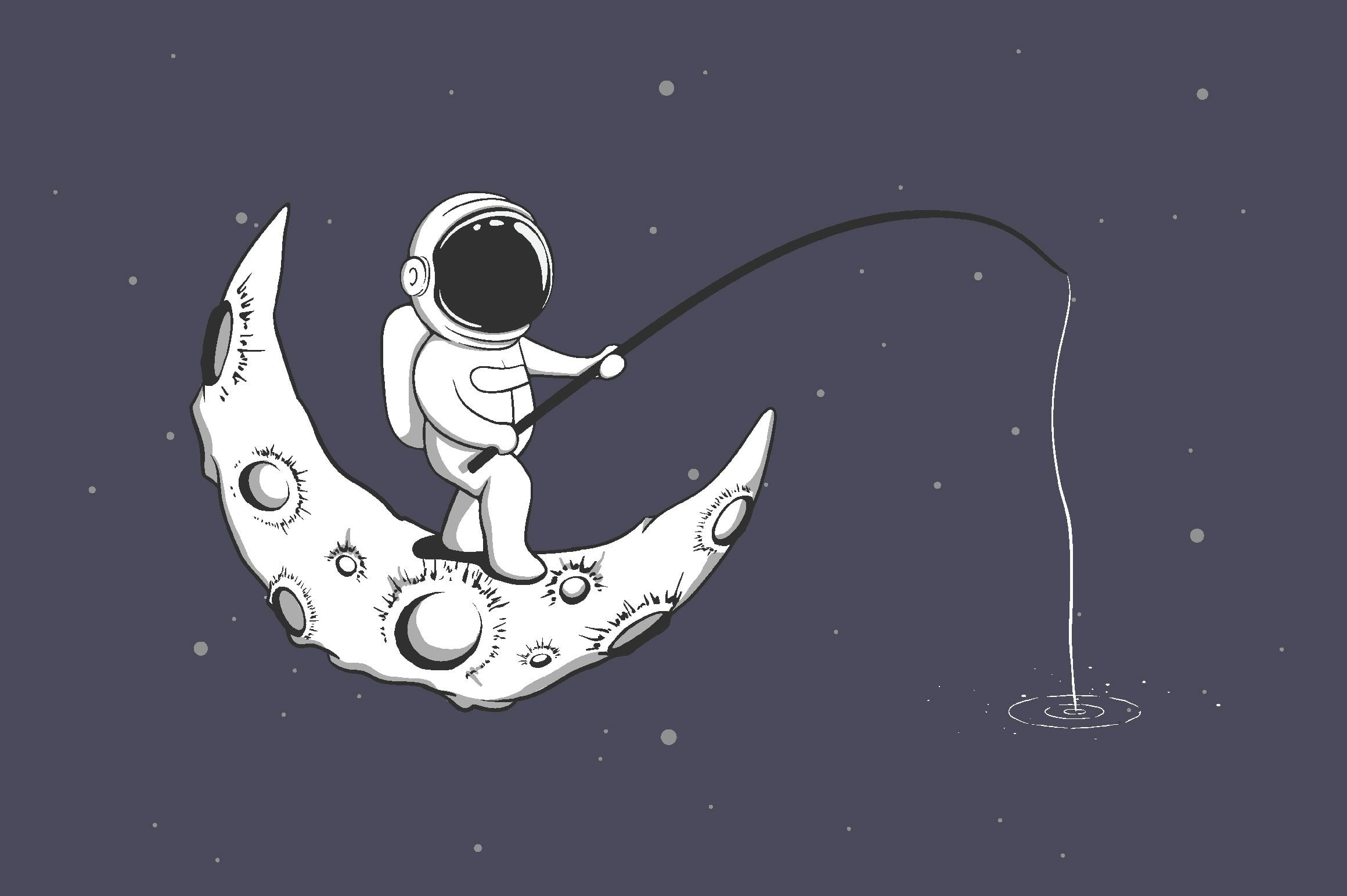A little dip for sea bass, a big meal for humanity? In France it's testing time for fish on the Moon.
The sea bass eggs, all 200 of them, have been placed in their module and ready to go to the Moon. The ground crew carefully counted them and hermetically sealed them in a sort of deep dish filled to the brim with sea water.
Countdown and then off you go!
For two full minutes, the precious eggs are shaken vigorously, while the rocket's engines run at full strength. This is followed by eight minutes of intense shaking, but the worst is over: the embryos of these fish are on their way to grow and multiply on the Moon.
Yeah, ok, it hasn't happened yet. But after the recent simulation designed to exactly recreate the stresses of a typical rocket takeoff, the researchers found that the eggs survived.
It is a crucial discovery for Lunar Hatch, the program that aims to determine whether astronauts will be able to successfully farm fish in future missions (and bases) to the moon
Lunar Hatch, Breeding Fish on the Moon
Cyrille Przybyla, an aquaculture researcher at the French Research Institute for the Exploitation of the Sea, is leading the research. He dreams of designing a lunar fish farm that uses water already on the moon to help feed residents of the future Moon Village conceived by the European Space Agency (ESA).

The Lunar Hatch project is just one of around 300 ideas currently being evaluated by ESA and to be selected for the final mission. Przybyla's hope is to offer moon residents fresh, appetizing, protein-rich food, not just freeze-dried packets of the stuff.
I proposed the idea of sending eggs, not fish, because eggs and embryos are very strong.
Cyrille Przybyla, Lunar Hatch
Not all fish are suitable for ending up on the moon
So far, the project's experiments have been a success, but they suggest that not all fish are equally suited to the mission.
To begin the search for the perfect astro-fish to serve on the moon, Przybyla and her colleagues narrowed a list of hundreds of species down to a handful. Criteria? Fish with modest oxygen requirements, low carbon dioxide production, a short hatching time and strong resistance to charged particles, as life forms are exposed to radiation during space travel.
They therefore decided to test the integrity of the eggs produced by two species: la European sea bass (dicentrarchus labrax) to the goldmouth croaker (argyrosomus regius).


The research
The egg containers were initially shaken using an instrument called an orbital shaker: the first test passed brilliantly. Much stronger stress followed with a different machine that simulated the launch of a Russian Soyuz rocket.
Extreme conditions: The team claims that no rocket to go to the moon predicts worse jolts.
After the two stages, 76% of sea bass eggs continued to hatch. A result not far from the 82% success rate of control samples, who remained "on the ground" and not "on the moon".
Compared to sea bass, Ombrina eggs fared even better: 95% of the shaken eggs hatched compared to 92% of those in the control group.
The ideal candidates for life on the moon
Przybyla suspects that, having evolved to withstand the adversities of aquatic environments, fish eggs are naturally ready for space.
In addition to the nutritional benefit of moon-raised fish fillets, Przybyla suggests there will be other benefits for astronauts who one day find themselves raising animals in space.
“Psychologically, it's better to have a reminder of the Earth: a garden, a fish tank and whatnot,” he says.
Luke Robertson, a researcher at NASA's Kennedy Space Center in Florida, agrees. Astronauts living on the ISS also regularly spend time caring for the plants that grow on board.
Add a fish or pet invertebrate - it adds another level of psychological benefit. It makes us feel more human
Luke Robertson
Not just sea bass
Designing autonomous, self-supporting systems for food production beyond Earth will be crucial to future space exploration programs. And Przybyla's study is a great first step in demonstrating that aquaculture on the moon can be a vital part of that future.
The sea bass it is an interesting choice because it is tolerant to different levels of salinity. It could potentially be raised with water derived from other systems that use water from the lunar environment to produce hydrogen-based rocket fuel.
However, there may be an even more appropriate choice: Roberson and colleagues recently considered the pros and cons of various species as candidates for aquaculture on the moon. Invertebrates like mussels and shrimp could take up less space and provide more calories.


